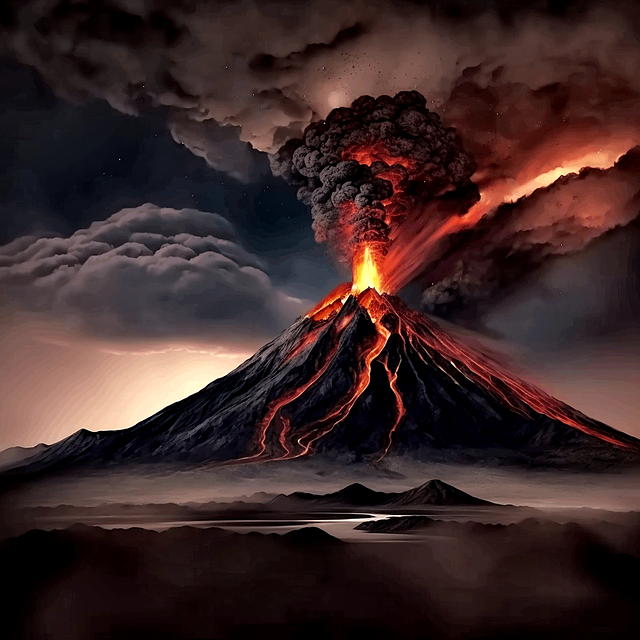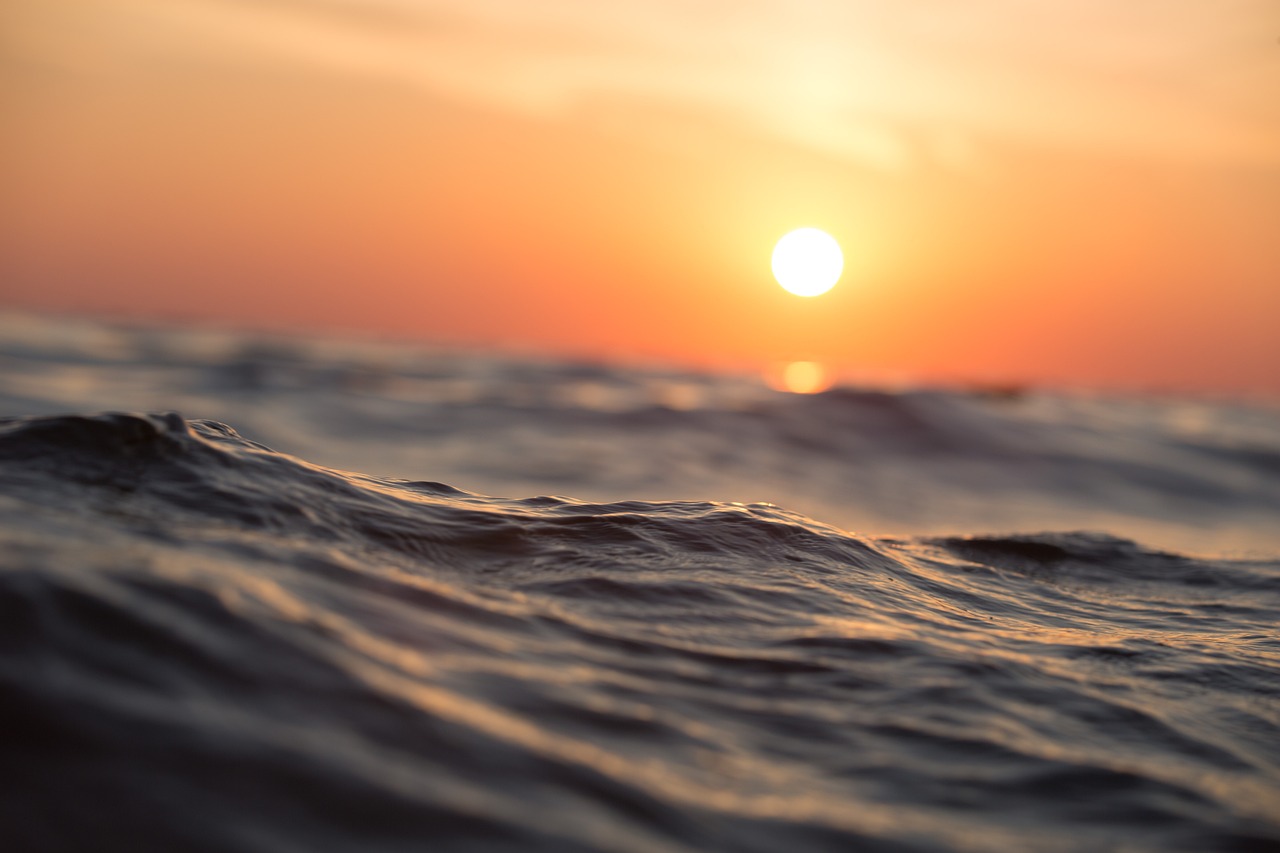Which country is with no Night

In a world cloaked in the ebb and flow of light and darkness puzzle, there exists this question: Which country is with no Night? Norway in Svalbard is the place where the midnight sun occurs the longest on earth. The sun has never set above the Arctic Circle for several weeks because the North Pole is at an angle to the star.
Imagine a land where the sun never sets, where the veil of night is forever banished, and the sky is eternally painted in hues of twilight. It’s a concept that challenges our perceptions of time and space, inviting us to explore the undiscovered corners of our planet in search of answers.
But amidst the allure of endless daylight, there lies a deeper quest for understanding – a quest that transcends geographical boundaries and cultural divides.
It’s a journey fueled by curiosity and fueled by the desire to unravel the secrets of the natural world. From the remote reaches of the Arctic Circle to the icy expanses of the Antarctic, the search for the elusive land of perpetual daylight takes us on a voyage of discovery, where every twist and turn promises new revelations and unforeseen wonders.
As we embark on a quest to unravel the mysteries of the Midnight Sun and the Polar Night, to explore the understanding of daylight and darkness.
Top of Form
Midnight Sun: Definition and Explanation
The midnight sun phenomenon is a captivating natural occurrence where the sun remains visible at midnight or beyond, defying the conventional notion of nightfall.
It is there Where There is No Night that it occurs in regions near the Earth’s poles during specific times of the year, leading to extended periods of daylight and minimal darkness.
-
Geographic Regions Where Midnight Sun Occurs
Arctic Circle: The Land of the Midnight Sun
The Arctic Circle is renowned as the epitome of the midnight sun phenomenon. Countries Where There is No Night such as Norway, Sweden, Finland, Russia, Canada, and Greenland, located within or partially within the Arctic Circle, experience prolonged daylight during the summer months.
As the Earth tilts towards the sun, these regions are bathed in continuous sunlight, creating a surreal landscape where night seems to be a distant memory.
Antarctic Circle: Lesser-Known Midnight Sun Phenomenon
While less commonly known, the midnight sun also graces parts of the Antarctic Circle.
Countries like Antarctica, which experience polar days during the summer solstice, witness the sun’s unyielding presence for extended periods, albeit with fewer inhabitants to witness this remarkable spectacle compared to the Arctic.
How long is the Daylight during the Midnight Sun Period?
During the peak of the midnight sun phenomenon, daylight can persist for weeks or even months, depending on the latitude and proximity to the poles.
In regions closer to the poles, such as Svalbard in Norway or Barrow in Alaska, the sun may remain above the horizon for several consecutive days, creating an otherworldly experience for residents and visitors alike.
Cultural Significance with Midnight Sun
In regions where the midnight sun phenomenon occurs, it holds immense cultural significance, often celebrated through festivals and traditional rituals.
These celebrations pay homage to the sun’s enduring presence and mark the transition from darkness to light, symbolizing renewal, vitality, and the triumph of life over adversity.
-
Challenges of Living in Continuous Daylight
Impact on Sleep Patterns
The continuous daylight experienced in regions of the midnight sun can disrupt sleep patterns and circadian rhythms, leading to insomnia, fatigue, and mood disturbances among residents.
The absence of darkness can confuse the body’s internal clock, making it challenging to maintain a regular sleep-wake cycle.
Psychological Effects of Prolonged Daylight
Prolonged exposure to daylight can have psychological effects on individuals, ranging from increased irritability and restlessness to heightened anxiety and depression.
The constant brightness may exacerbate feelings of isolation and disorientation, particularly for those unaccustomed to living in extreme daylight conditions.
Coping Strategies for Residents in Midnight Sun Regions
Residents in regions of the midnight sun have developed various coping strategies to mitigate the challenges associated with continuous daylight.
These may include using blackout curtains or eye masks to simulate darkness during sleep, practicing relaxation techniques to manage stress, and maintaining regular routines to stabilize circadian rhythms.
The polar Night
Defining Polar Night
In contrast to the midnight sun, polar night refers to the extended period of darkness experienced in Polar Regions during the winter months.
As the Earth tilts away from the sun, areas near the poles are plunged into prolonged darkness, with the sun failing to rise above the horizon for weeks or months at a time.
Regions Affected by Polar Night
Polar night predominantly affects regions within or near the Arctic and Antarctic Circles, including countries like Norway, Sweden, Russia, Canada, Antarctica, and Greenland.
During this period, these regions experience continuous darkness, with only the faint glow of twilight marking the transition between day and night.
How long is the Darkness during Polar Night?
The duration and intensity of darkness during polar night vary depending on the latitude and proximity to the poles.
In regions closer to the poles, such as Svalbard in Norway or Barrow in Alaska, polar night can last for several months, with the sun remaining below the horizon throughout the winter season.
The Scientific Explanations
Earth’s Axial Tilt and Its Impact on Daylight Distribution
The Earth’s axial tilt plays a crucial role in determining the distribution of daylight and darkness across the planet.
As the Earth orbits the sun, its axis remains tilted at an angle of approximately 23.5 degrees, causing the duration and intensity of daylight to vary throughout the year.
This phenomenon gives rise to the seasons and contributes to the occurrence of phenomena such as Where There is No Night and polar night.
Atmospheric Phenomena Influencing Daylight Patterns
Various atmospheric phenomena, such as refraction, scattering, and absorption, influence the distribution and intensity of daylight on Earth’s surface.
These processes affect the color and quality of sunlight, as well as the visibility of celestial bodies, shaping the appearance of the sky and the perception of daylight and darkness.
-
Notable Locations with Unique Daylight Patterns
Beyond the Polar Regions: Other Areas with Prolonged Daylight
While the Polar Regions are known for their extreme daylight patterns, other areas of the world also experience prolonged daylight or darkness due to their unique geographical characteristics.
These may include regions near the equator, high-altitude locations, and areas with unusual topography or atmospheric conditions, each offering distinct opportunities for scientific research and cultural exploration.
High-Altitude Locations and Their Unique Daylight Dynamics
High-altitude locations, such as mountainous regions and plateaus, experience unique daylight dynamics due to their elevation and atmospheric conditions.
These areas may receive more intense sunlight and experience shorter periods of darkness compared to low-lying regions, influencing ecosystems, climate patterns, and human activities.
Equatorial Regions: Exploring Day and Night Equilibrium
Equatorial regions, located near the Earth’s equator, experience relatively consistent day and night lengths throughout the year, with minimal variation in daylight duration.
These areas represent a contrast to the extreme daylight patterns found in polar regions, providing insights into the equilibrium between light and darkness on a global scale.
Tourism and Exploration
Attractions of Midnight Sun and Polar Night Tourism
The midnight sun and polar night phenomena attract tourists and adventurers from around the world, drawn by the opportunity to witness these natural wonders There is No Night firsthand.
Midnight sun tours offer visitors the chance to experience the magic of continuous daylight, while polar night expeditions provide unique opportunities for stargazing, aurora hunting, and cultural immersion in regions of perpetual darkness.
Challenges and Opportunities for Tourism
Tourism in regions with extreme daylight patterns presents both challenges and opportunities for local communities and economies.
While the allure of the midnight sun and polar night can boost tourism revenue and cultural exchange, it also places pressure on fragile ecosystems, infrastructure, and traditional ways of life.
Sustainable tourism practices and responsible travel initiatives are essential for minimizing the negative impacts of tourism while maximizing the benefits for host communities and the environment.
Ecotourism Initiatives and Sustainable Travel Practices
Ecotourism initiatives and sustainable travel practices play a vital role in promoting responsible tourism in regions with extreme daylight patterns.
These may include low-impact tour operators, conservation-focused accommodations, and community-based tourism projects that prioritize environmental conservation, cultural preservation, and community empowerment.
By supporting sustainable tourism, travelers can contribute to the protection of natural and cultural heritage while enjoying memorable and meaningful experiences.
-
Cultural Celebrations and Festivals
Midnight Sun Festivals: Celebrating the Sun’s Endless Glow
Midnight sun festivals are vibrant celebrations held in regions where the midnight sun phenomenon occurs, marking the peak of summer and the abundance of daylight.
These festivals feature a variety of cultural events, including music performances, traditional dances, arts and crafts markets, and culinary delights, offering visitors a glimpse into local traditions and customs.
From the iconic Midnight Sun Marathon in Norway to the lively Midnight Sun Film Festival in Finland, these events showcase the resilience and creativity of communities living in extreme daylight conditions.
Polar Night Festivities: Embracing Darkness with Light
Polar night festivities are unique cultural celebrations held in regions affected by prolonged darkness during the winter months.
These festivals aim to illuminate the darkness with light, warmth, and camaraderie, fostering a sense of community and resilience among residents.
From dazzling light installations and fireworks displays to cozy gatherings around bonfires and storytelling sessions, polar night festivals offer a welcome reprieve from the long nights and cold temperatures, infusing darkness with moments of joy and connection.
-
Environmental Implications
Impact of Daylight Variations on Ecosystems and Wildlife
Daylight variations, such as the midnight sun and polar night, have profound impacts on ecosystems and wildlife in regions near the poles leading to a place Where There is No Night.
These variations influence biological processes, including photosynthesis, migration patterns, and reproductive cycles, shaping the distribution, behavior, and abundance of species. Changes in daylight patterns due to factors such as climate change can disrupt ecological balance and biodiversity, leading to cascading effects on ecosystems and human communities.
Climate Change and Its Influence on Daylight Patterns
Climate change is altering daylight patterns around the world, affecting the timing, duration, and intensity of daylight in various regions.
Rising temperatures, shifting weather patterns, and melting ice caps are reshaping the Earth’s climate system, leading to changes in the distribution of sunlight and darkness.
These changes have far-reaching consequences for ecosystems, weather patterns, and human activities, underscoring the urgent need for climate action and environmental stewardship.
-
Conservation Efforts to Preserve Natural Daylight Cycles
Conservation efforts are underway to preserve natural daylight cycles and protect the integrity of ecosystems affected by daylight variations.
These efforts include the establishment of protected areas, habitat restoration projects, and sustainable land management practices aimed at safeguarding the habitats of species dependent on daylight cues.
By preserving natural daylight cycles, conservationists can help mitigate the impacts of climate change and promote the resilience of ecosystems in the face of environmental challenges.
Conclusion
The exploration of daylight and darkness reveals a tapestry of mysteries and wonders that shape our understanding of the natural world of Where There is No Night and our place within it.
From the ethereal glow of the midnight sun to the serene embrace of polar night, these phenomena invite us to contemplate the cyclical rhythms of light and darkness that govern life on Earth.
As we marvel at the resilience of life in regions of extreme daylight, we are reminded of the adaptability and ingenuity of the human spirit.
From the indigenous communities of the Arctic to the remote villages of Antarctica, people have thrived in environments where the sun never sets or rises, forging unique cultures, traditions, and ways of life that endure against all odds.









